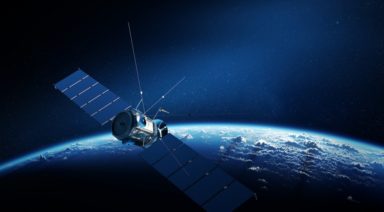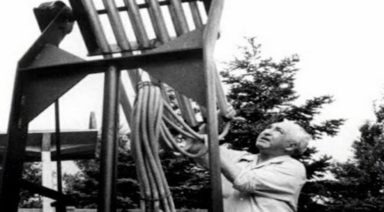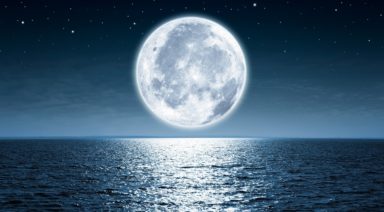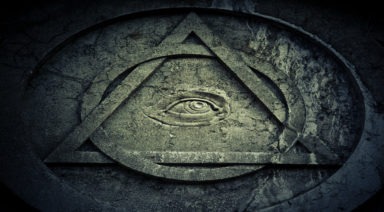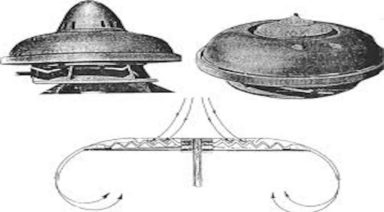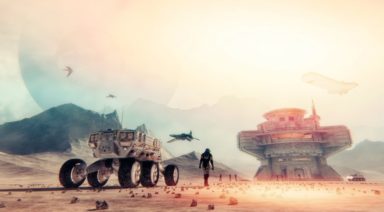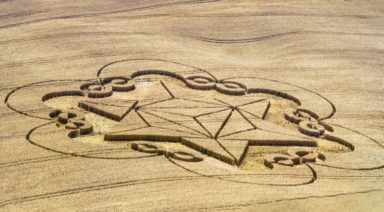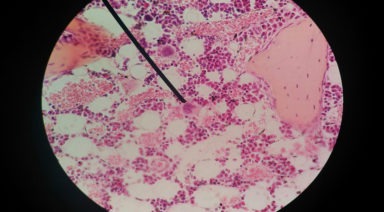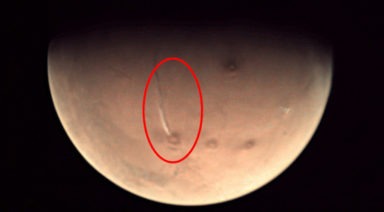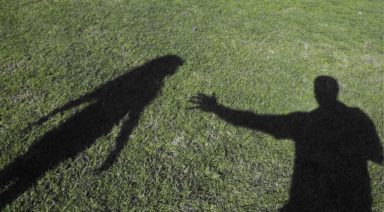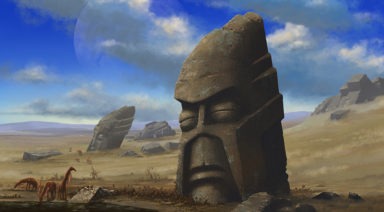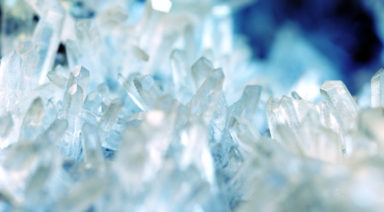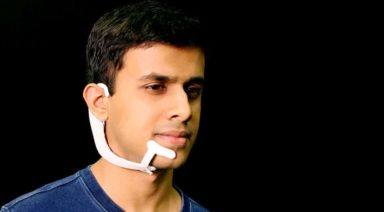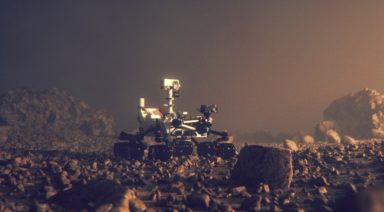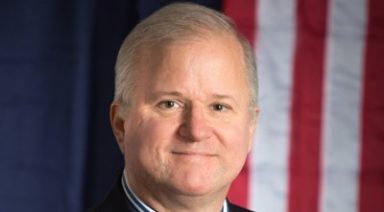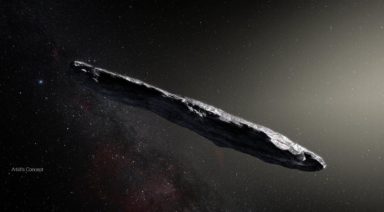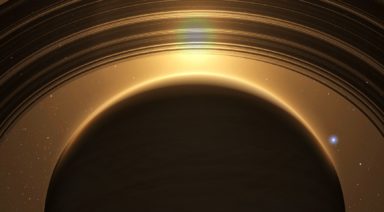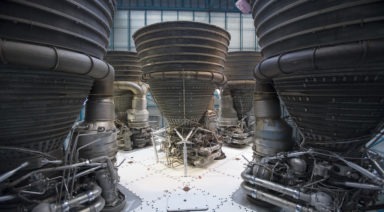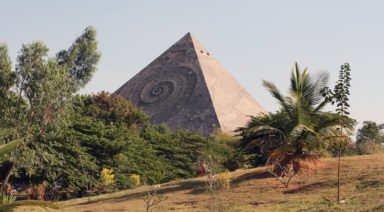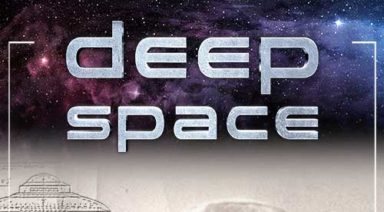The Apollo 1 Conspiracy; Did NASA Cover Up Gus Grissom’s Death?
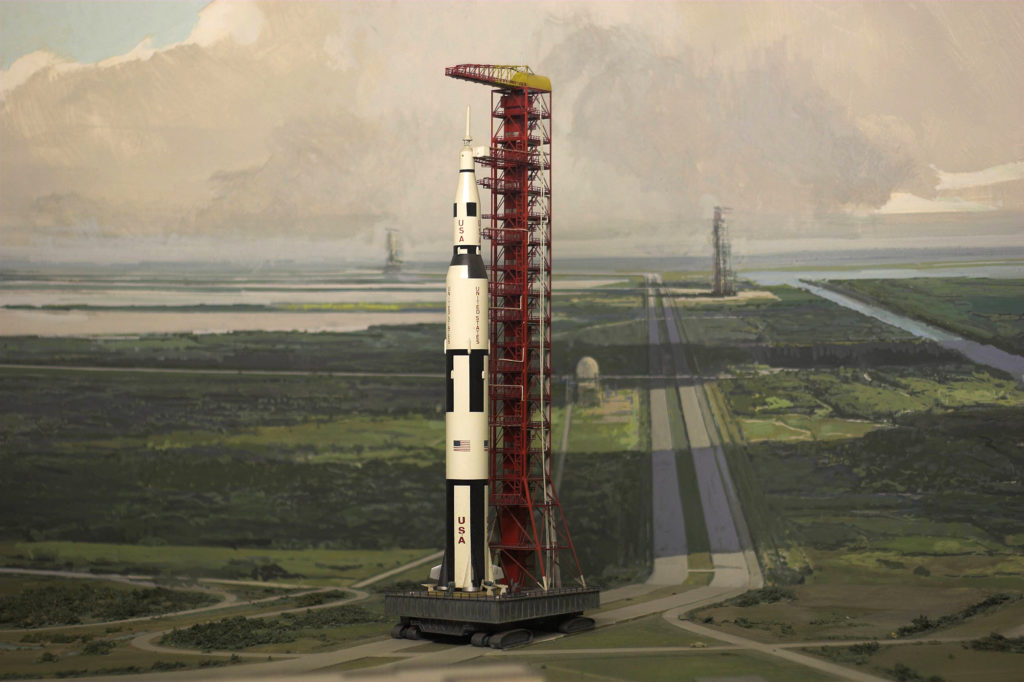
Most people are familiar with the names of the famous NASA astronauts who pioneered the early space program that led to the first lunar landing in 1969. Names like Buzz Aldrin, Neil Armstrong, John Glenn and Alan Shepard are familiar in the pantheon of space pioneers, though there is one name that is less recognized, but equally important; Gus Grissom. While he played an integral role in getting the space program on its feet, his legacy will be forever marred by the Apollo 1 conspiracy as well as other controversies in his career, but is any of it true?
What Happened to Gus Grissom?
Virgil Ivan “Gus” Grissom was the second man in U.S. history to fly in space, preceded only by Alan Shepard and cosmonaut Yuri Gagarin. On July 21st, 1961, Grissom reached a suborbital altitude of about 118 miles above the Earth’s surface in a 15 minute flight, before making his descent in the Mercury capsule, which he dubbed the Liberty Bell 7.
Thus, started the controversy in Grissom’s career, as he narrowly escaped death from what initially appeared to be a botched landing from his failure to execute protocol, but what actually turned out to be a faulty mechanism in the capsule’s hatch release.
Grissom landed in the Atlantic in choppy waters, whereupon his hatch door blew open prematurely. Grissom immediately jumped out without making the necessary adjustments to prevent water from seeping into his already 22 lb. spacesuit. Meanwhile, the capsule itself, which was supposed to be recovered, started taking on water, making it way too heavy to be hoisted out of the ocean by helicopter. Eventually the helicopter pilot gave up, realizing he wouldn’t be able to tow the capsule to shore, and noticing that Grissom was minutes from drowning.
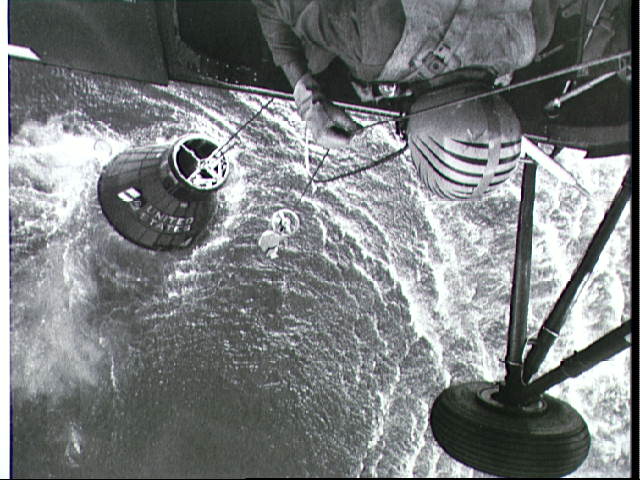
Liberty Bell 7 via nasa.gov
Though he was saved, Grissom came under heavy criticism for not following procedure, leading many to believe that he panicked and released the hatch too soon. Grissom denied these claims, stating that the hatch released randomly and that he never touched the activation plunger.
The capsule sunk to the bottom of the ocean and wasn’t recovered for another 38 years. Grissom received a significant amount of flak from the public and from the aerospace community for losing the capsule. Though it was later proven that the hatch released to no fault of his own. In 1966, he and his family were moved to a safe house and kept under watch by the Secret Service.
The Apollo 1 Fire and Gus Grissom’s Death
Grissom along with two other astronauts, Roger Chafee and Edward White, were slated to launch the inaugural mission of the Apollo program in February of 1967. About a month prior to the designated launch, the crew gathered at Cape Kennedy Air Force Station for a “plugs-out” test, which was essentially a mock launch.
Within the first few hours, it became clear that there were numerous issues with the module. The crew reported a foul smell coming from their breathing oxygen system as well as issues with their communication system. Grissom was notably aggravated with the technical difficulties and was recorded as saying, “How are we going to get to the moon if we can’t talk between two or three buildings?” and calling the module a “bucket full of screws.”
But Grissom had also shown frustrations with the program leading up to that day, having purportedly told his wife, Betty, that if there were ever a serious accident in the space program it would likely involve him. He was also said to have grabbed a lemon from a tree on his property before heading to base and tying it to the hatch of the simulator. When he was asked by the media what he thought the chances were of the Apollo missions succeeding, he replied that he thought they were slim.
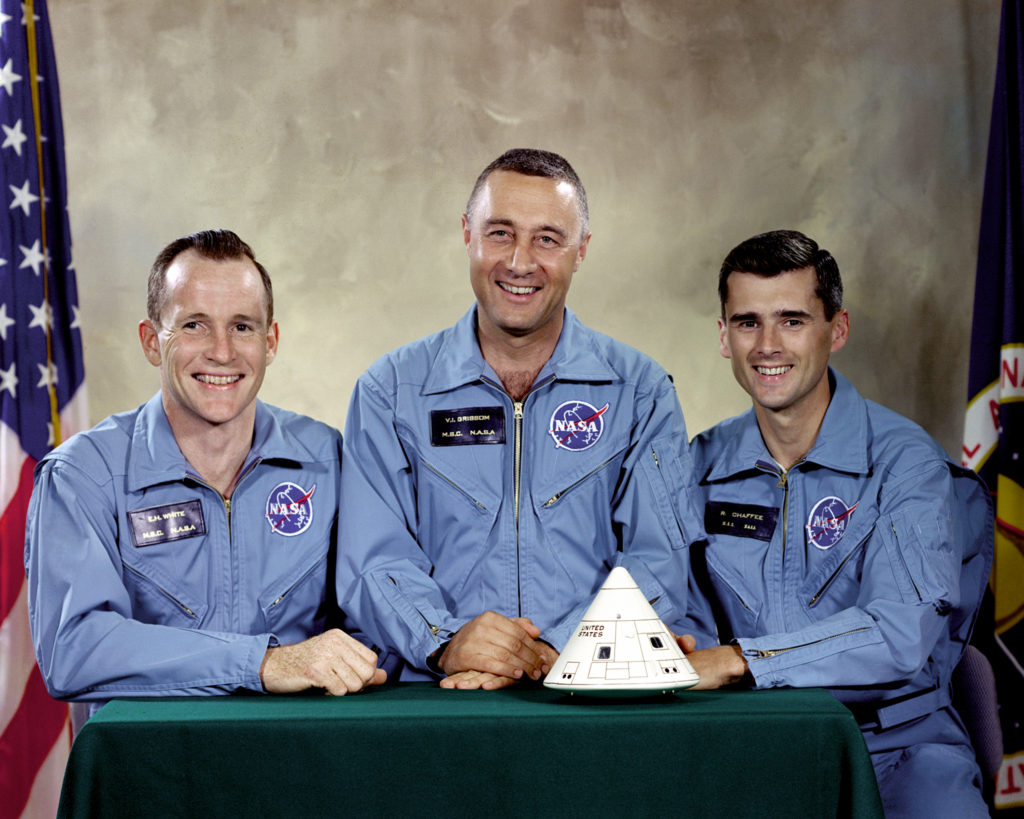
White, Grissom, Chaffee via nasa.gov
Within a few hours of the simulation, a spark from under Grissom’s seat ignited a fire that quickly engulfed the entire capsule. The pure oxygen and highly pressurized cabin quickly fueled the fire and prevented the astronauts from being able to open the hatch, trapping them inside. They all perished before NASA employees were able to open the hatch and free them.
NASA claimed that the fire burned toxic chemicals, causing the astronauts to die from asphyxiation within a minute, though a claim from someone within the private contractor North American Aviation said that the crew struggled to open the hatch for a full five minutes. NAA had been the primary contractor in building the module and was put under intense scrutiny when a congressional investigation exposed documented evidence of failings and inadequacies in the company’s development process.
The Apollo 1 Conspiracy
There was one safety inspector who brought to light the technical issues surrounding the Apollo 1 mission, whose story is particularly conspicuous in the possibility of a larger cover-up. Thomas Ronald Baron was a quality control and safety inspector for NAA who has been highly critical of NASA and its protocol during the Apollo project. Baron put out a 55-page report detailing the shortcomings and disarray that the program was in.
Baron’s report was brushed off as being overly critical and blown out of proportion, with few of his claims having any real credibility. At one point, he testified before Congress claiming that, under current circumstances at NASA, we would never make it to the moon. Though, many did not pay attention to Baron and believed that he was potentially being used as a pawn in Sen. Walter Mondale’s campaign to expose and dismantle NASA for its wasteful spending. Baron was fired by NAA for leaking his report to the press, while his company denied the majority of his criticisms. It later came out that top-level officials verified the credibility of at least half of his claims.
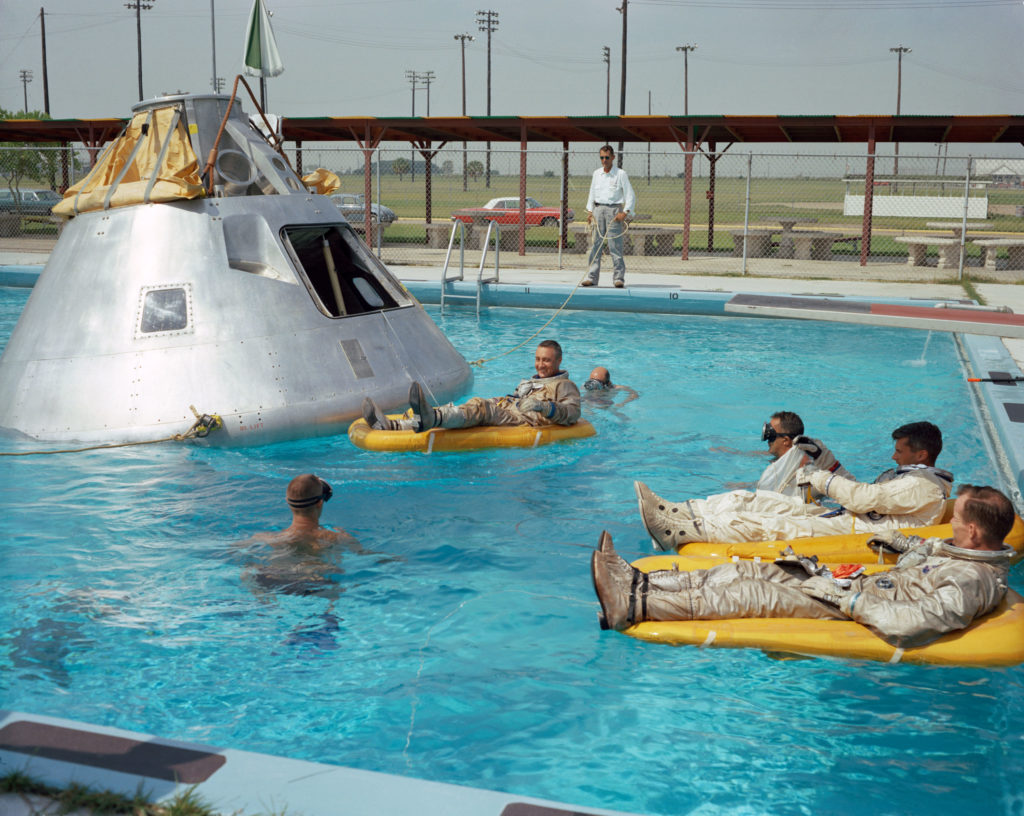
The Apollo 1 Crew Training via nasa.gov
A few weeks later, the Apollo disaster occurred and Baron began work on turning his 55-page report into a 500-page report excoriating NASA and NAA for the failures that led to the tragedy. Oddly enough, within a week Baron and his family were killed when their car was struck by a train. The cause of death was ruled accidental and no autopsy was performed.
The official verdict was that Baron likely tried to race a train to beat it before it crossed the tracks with his wife and step-daughter in the car. If this sounds absurd, that’s because it is. A whistleblower who testified before Congress against NASA and a large private aerospace contractor just happened to die because he didn’t have the patience to wait for a train to cross? Unsurprisingly, the official ruling said that he was mentally unstable and that there was even the possibility that he was attempting suicide; a common cover up tactic and attempt to explain what would otherwise look like a blatant murder. Baron’s 500-page report was destroyed and never published.
The Grissom Family’s Outrage
In 1999 the charred remains of the test module that trapped Grissom and his two colleagues was opened up for his family to see. Scott noticed a fabricated metal plate behind a switch on one of the instrumentation panels. He believed that the switch was used to deliberately create a spark that would have ignited the cabin, killing Grissom and the other astronauts.
This story was supposedly backed by an aerospace contractor who worked for McDonnell-Douglas, a company that later merged with Boeing. Scott Grissom believed that NASA didn’t want his father to be the first man on the moon after his botched Liberty Bell 7 landing. He said he believed that NASA might not have trusted him and was likely upset with Grissom’s outspoken frustration with the technical difficulties in the Apollo program.
But Scott Grissom said that he’s not exactly sure why NASA or the government would want to prevent his father from continuing in the program, to the extent that they would sabotage him, but he believes it was intentional. And Gus Grissom’s wife, Betty, also agrees with her son, saying that she too believes her husband was murdered. In the end, Grissom’s eerie, prophetic statement to his wife was right, the first serious accident in the space program did involve him.
Black Knight 13,000-Year-Old Satellite Mystery Decoded?
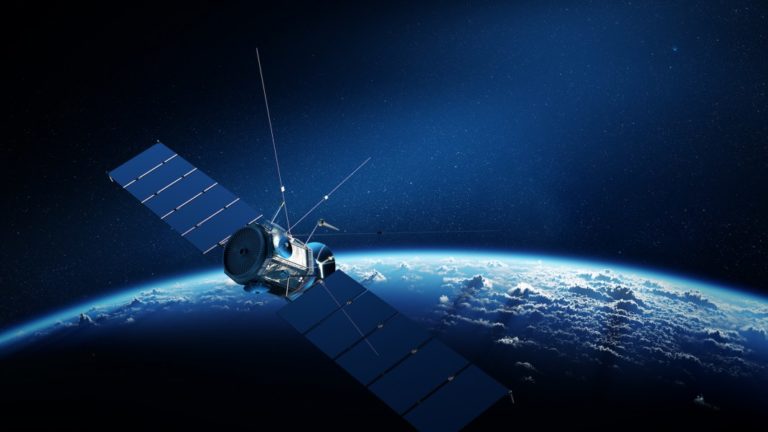
Space debris or a 13,000-year-old satellite? A mysterious object, dubbed the Black Knight, orbits the Earth, puzzling scientists of the past and present. Some, like inventor and scientist Nicola Tesla, claim to have received radio signals from the orbiting figure. Astronaut Gordon Cooper was adamant that, in 1963, he saw it from his own spacecraft. The documented history of the existence of the Black Knight continues to mystify scientists.
Nicola Tesla and the Black Knight
Although Nicola Tesla’s inventions changed the way people live today, back in 1899 his peers viewed him as eccentric and somewhat of a mad scientist. When he built a laboratory and a 210-foot tower in Colorado Springs in order to experiment with electricity and record electromagnetic disturbances, his colleagues did not take him seriously. When he reported that he had received signals from extraterrestrials, the newspapers of the day mocked him.
Despite the ridicule of his peers, Tesla was excited about the signals he received, and came to fervently believe that he “had been the first to hear the greeting of one planet to another. A purpose was behind these electrical signals.” Researchers now believe the signals Tesla received likely came from the Black Knight.
Modern History of the Black Knight
Although there were some reports in the 1930s of astronomers around the world receiving strange radio signals, in 1954, the St. Louis Dispatch ran an article titled, “Artificial Satellites Are Circling Earth, Writer on ‘Saucers’ says.” The referenced writer was Donald E. Keyhoe who wrote about unidentified satellites orbiting the Earth. He claimed the government knew about them and was trying to discover their source.
Keyhoe later wrote a book, “Aliens in Space: The Real Story of Unidentified Flying Objects,” where he documented his knowledge of UFOs including what he knew about the Black Knight. Gaia’s Deep Space series discusses some of his work.
Scientists and astronomers reported seeing the satellite as it orbited the Earth. In 1953, a professor at the University of New Mexico saw a “blip of unknown origin.” In 1957, Dr. Luis Corralos, with the Communications Ministry in Venezuela, was taking pictures of the Russian satellite, Sputnik II, as it passed over Caracas. The Black Knight showed up in his photographs. This was the first known actual picture of the object.
In 1960, an American satellite showed the object following Sputnik 1, which was still orbiting the Earth. The UFO was in a polar orbit. At that time, neither the U.S. nor the Russians were capable of putting a satellite in that type of orbit. The object also appeared to be much larger and heavier than anything either country could launch.
In the 1960s, TIME magazine, as well as other news publications, reported on the Black Knight and referred to it as possibly having an extraterrestrial origin. Some North American Ham operators had detected signals coming from the object. Some even reported receiving coded messages. On September 3, 1960, the Black Knight showed up on radar for the first time. People on the ground viewing it with the naked eye could see it for about two weeks. The government reportedly established a committee to investigate the object, but no report was ever made public.
In 1963, Astronaut Gordon Cooper was orbiting the Earth when he said he saw a “glowing green light” ahead of his space capsule. At the same time, a tracking station in Australia, over which the spacecraft was orbiting at the time, reported seeing the object on radar. The evening news reported on Cooper’s sighting, and for the first time, the object was referred to as the Black Knight Satellite. The name stuck, but Cooper’s report did not.
NASA soon debunked Cooper’s UFO sighting, claiming there had been a malfunction in the space capsule which caused gases to emit what appeared glowing light. The result, said NASA, was that Cooper had a hallucination and did not see a UFO. Cooper later confirmed that he had definitely seen a UFO on his 1963 space orbit and that NASA had prohibited him from discussing it. Until his death in 2004, Cooper claimed that he did not have a hallucination in the spacecraft, but saw a UFO. He was very vocal during his lifetime about his belief in the existence of extraterrestrial life and his frustration that the U.S. government continued to cover up evidence of alien contacts.
In 1998, astronauts on the space shuttle Endeavor, on their way to the International Space Station (ISS), took photographs of the object. NASA again disagreed with the astronauts and claimed what they saw and photographed was not a UFO, but instead, just space debris, most likely a thermal blanket.
Black Knight Communications with Human Beings
Influential people and highly respected authors, movie producers, and directors and members of secret societies have claimed to receive communications from alien beings including signals from the Black Knight. Gene Roddenberry, the creator of the Star Trek television series and movies, is almost a household name. In 1973 to 1974 he was reportedly associated with a secret society called “The Council of Nine.” The Nine, in brief, were a group of prominent people who believed that the channeled messages received by their leaders were actually messages sent by extraterrestrials. Roddenberry allegedly based his Star Trek episodes on what he learned from the Nine, including the giveaway title he chose for a post Star Trek series called, “Deep Space Nine.” Many believed the source of the channeled messages was the Black Knight.
Author Philip K. Dick claimed to have communications with alien beings. The way he described his first encounter with the being in February 1974 is consistent with some of the captured coded messages from the Black Knight. Dick’s VALIS trilogy was, according to those who knew him or researched him, really a fictionalized autobiography and not science fiction. It pulled from his communications with an alien entity, which were likely from the Black Knight.
Is the Black Knight still with us?
Two separate people in different parts of the country who were each photographing the Blue Moon on July 31, 2015, captured what they believe is the Black Knight. The object was once again passing by the ISS. Is the Black Knight an ancient alien vessel? Could it be a satellite from somewhere in deep space that is trying to communicate with humans on earth? Or, is simply a piece of space debris left behind by spacecraft made by Earthlings? You decide.
Want more like this article?
Don’t miss Deep Space on Gaia for more on the long and hidden history of Earth’s secret space program.


